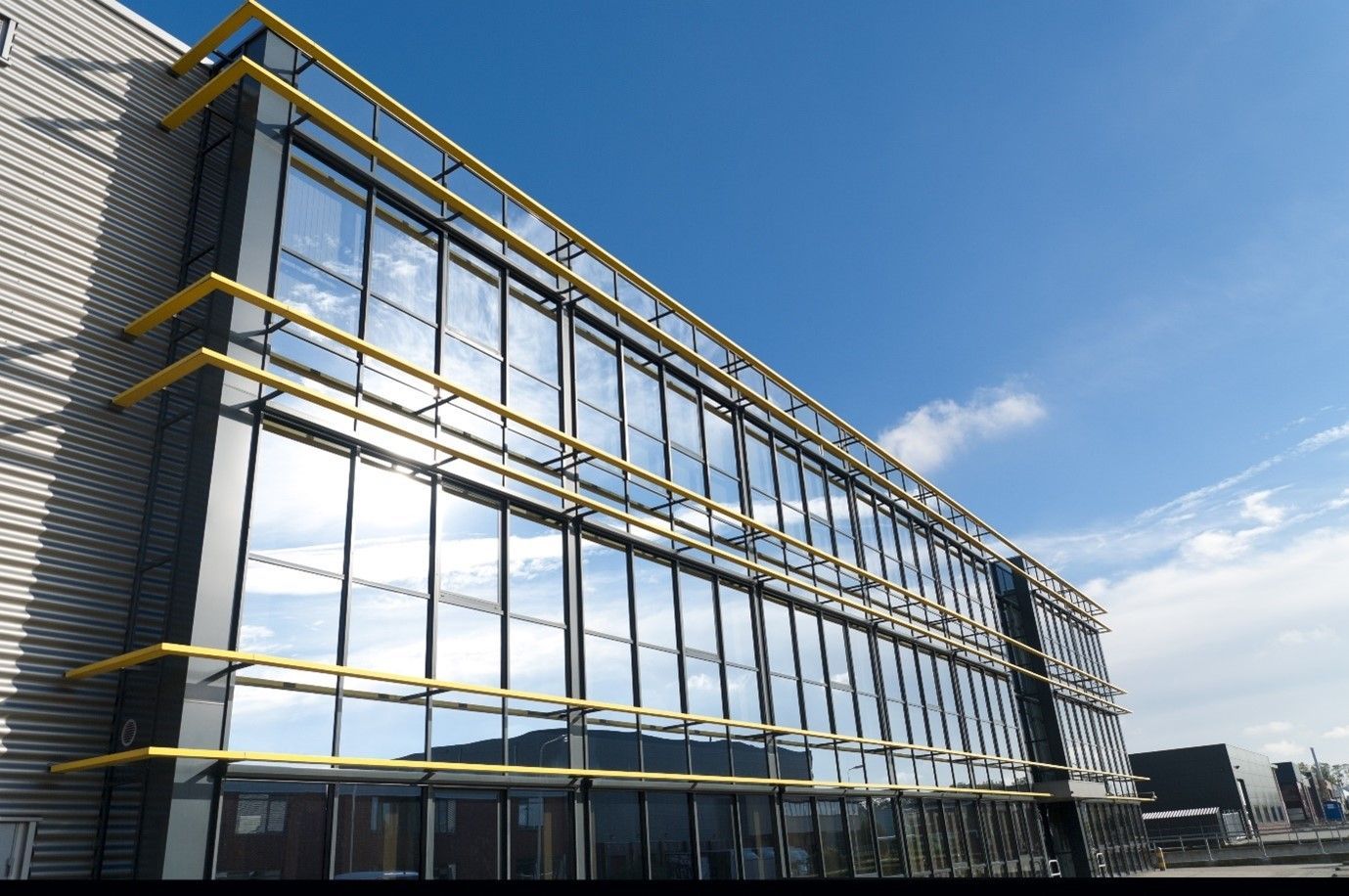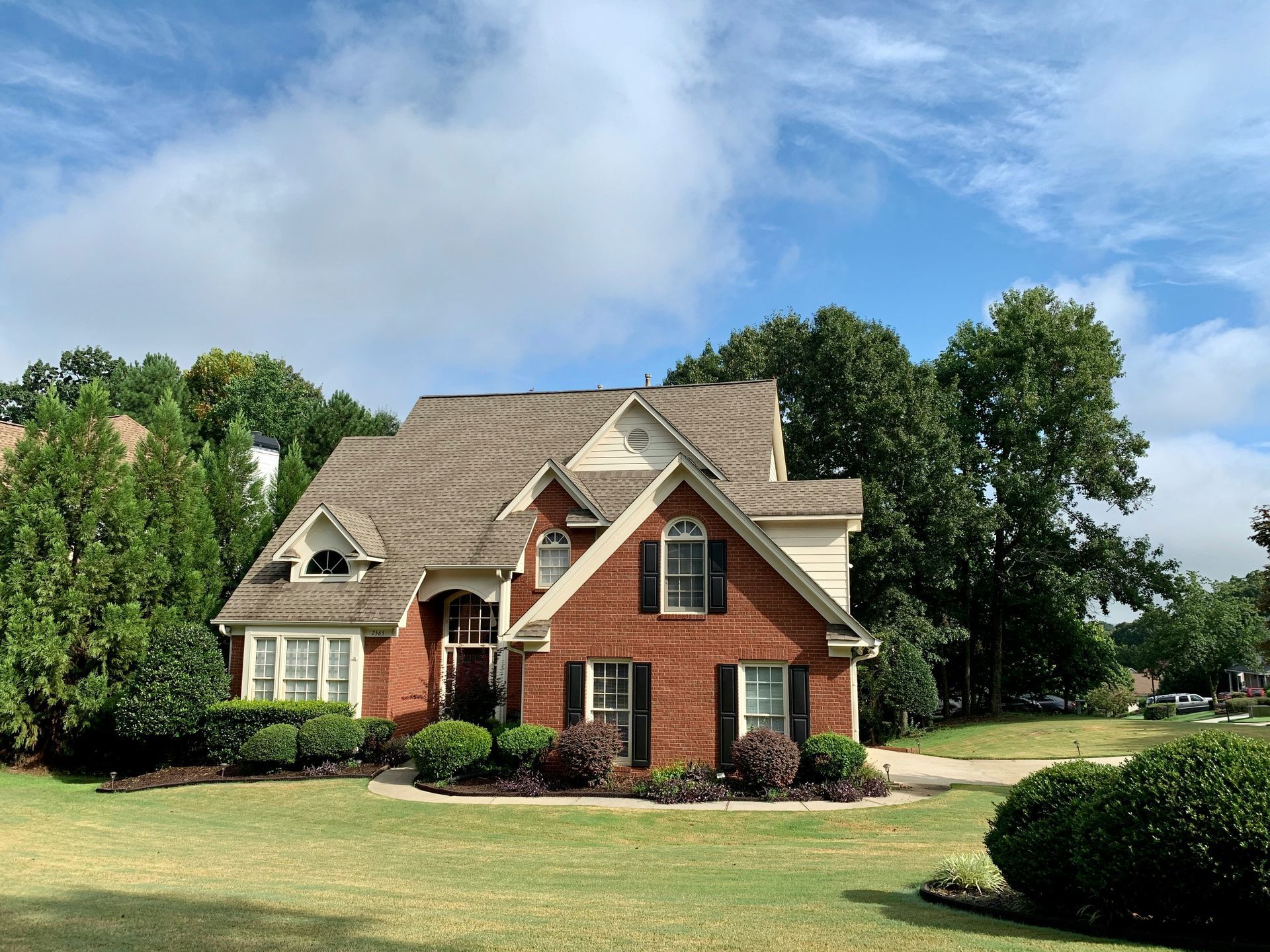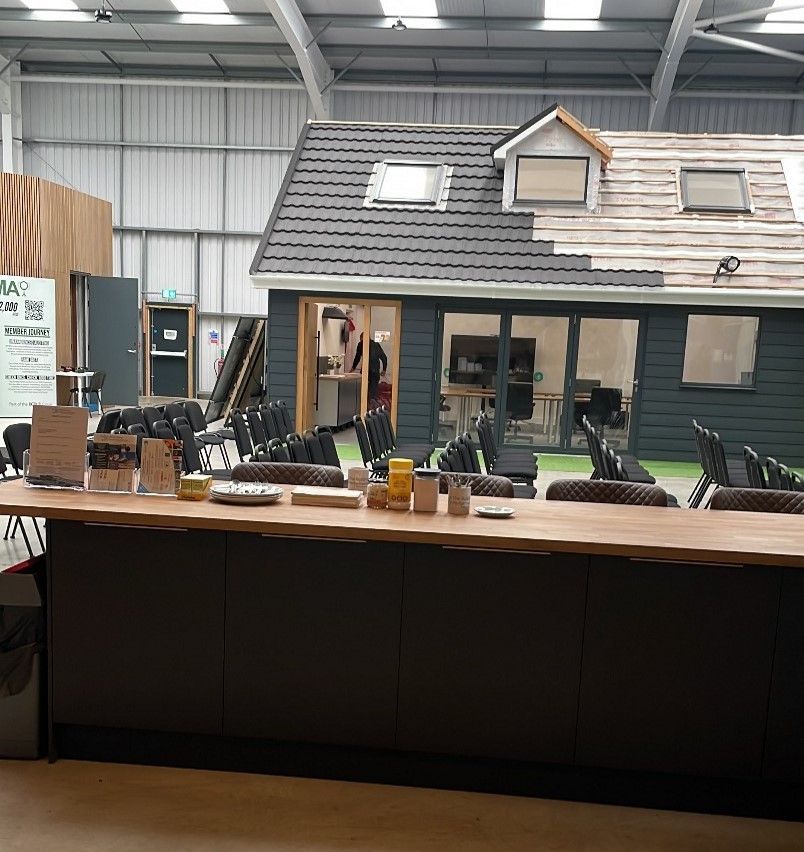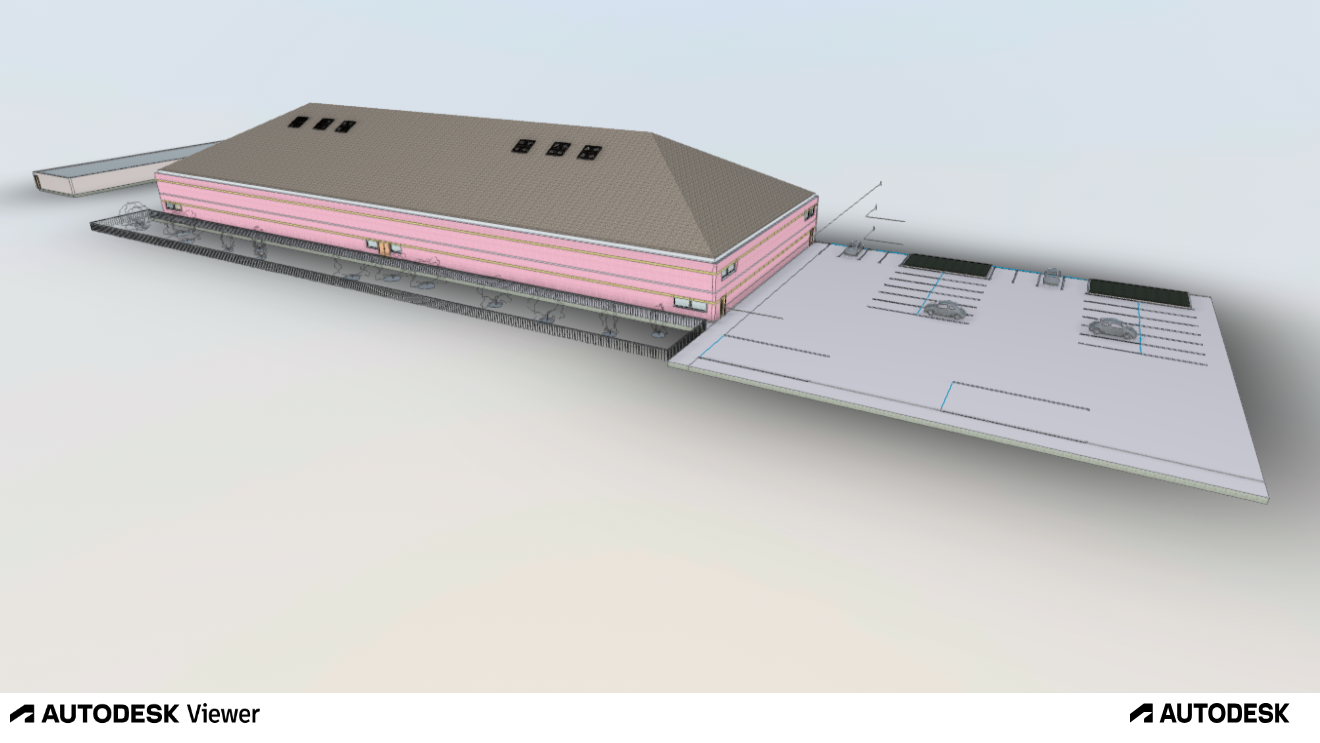Our Blog & News
Ashby Energy Assessors Blog and News

Biodiversity Net Gain (BNG) is an approach designed to leave the natural environment in a better state than before. It requires developers to assess the impact of their projects on local ecosystems and take active steps to ensure that the biodiversity is not only preserved but enhanced. As environmental concerns have gained more attention, BNG has emerged as a vital framework for mitigating the negative effects of development on nature, offering a systematic way to restore and improve ecosystems. This is particularly important in the local context, where urbanization and development often place heavy pressure on biodiversity.

Energy efficiency requirements for new homes and non-domestic buildings are set by Part L (Conservation of Fuel and Power) and Part 6 of the Building Regulations 2010 (“the Building Regulations”). The consultation paves the way for achieving the Future Homes Standard and Future Buildings Standard. It explores technical proposals for changes to the Building Regulations, the associated Approved Document guidance and calculation methods.

Homes in the UK are at increased risk of overheating, which is worsening with climate change. This affects comfort and health of occupants, especially during night. Overheating is mainly caused by design of the houses, in particular large glazing areas and non-openable windows. To address this, Building Regulations Part O introduces two methods for compliance: Simplified Method, or comfort criteria under thermal modelling using CIBSE’s TM59 (with some additional requirements set by AD O). This blog focuses on the Simplified Method.

The government have recently closed the Future Homes and Building Standards 2023 consultation on 27 March 2024. There have been two consultations into the Future Homes Standard, both of which proposed a draft of measures for new and existing homes. Most of the key takeaways from the recent consultation are in regard to new homes and non-domestic buildings. A small number of sections are also relevant to existing buildings, such as Material Change of Use buildings. The standards will build upon the recently introduced changes to Approved Document Part L 2021. This consultation provides a glimpse into what we can expect from later consultations, regarding the Future Homes Standards to be implemented in 2025.






